In the Metropolitan Museum of Art, the works that most appeal to me are those about dancing. As a child, I took ballroom dancing for over six years. The works I chose are from the 3rd century B.C as late as 1951. Three of the most intriguing pieces are “Shiva as Lord of Dance (Nataraja)” found in the Asian Art section of the South Asian Hindu-Buddhist and Jain Sculpture gallery, “The Dancing Class” by Edgar Degas found in the European section of the Dega’s Paintings and Pastels gallery and lastly Nasturtiums with the Painting “Dance” I by Henri Matisse found in the Modern and Contemporary Art section of the Early Picasso and Matisse gallery. What connects the three pieces of work is that they involve movement of the body as well as the other works I have chosen. Dance is not only learning one step after the other, but it is also time to let free, like some do with picking a paint brush and painting or even sitting while reading a book. Dancing also teaches you to trust your partner or the group. While dancing can be preformed with no music, many are. Listening to music and dancing helps multitasking, it is not that easy to dance at the right beat of the music. Through this gallery, I expect my viewers to know that dance isn’t just taking one or two steps but it is so much more. “The Dancing Class” evokes so many memories, where I was in my dance class and we had to practice our routines before competitions. There are many other types of dances, not only with a partner like the “Shiva as Lord of Dance (Nataraja),” where the dance is considered a solo. Lastly there are the dances where you can totally feel free, and just let your mind control your actions as in Nasturtiums with the Painting “Dance” I.
 |
| Edgar Degas "The Dancing Class" 1870 European Paintings. |
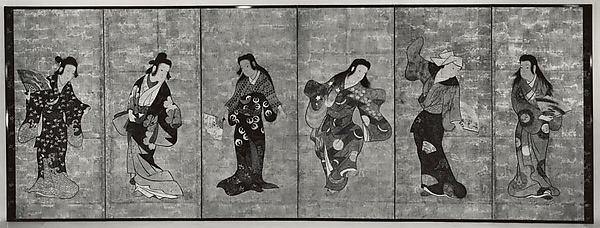 |
| School of Iwasa Matabei "Dancers" Ca. 1700 |
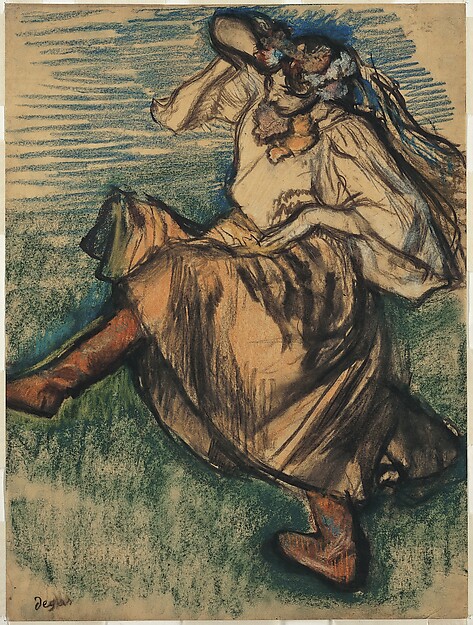 |
| Edgar Degas "Russian Dancer" 1899 European Paintings |
 |
| Henri Matisse Nasturtiums with the Painting "Dance" I 1912 Modern and Contemporary Art |
 |
| Terracotta Statuette of a Dancing Youth 3rd century B.C Greek and Roman Art |
 |
| Thomas Hart Benton "City Activities with Dance Hall" 1931 |
 |
| Attributed to George Morland "Dancing Dogs" |
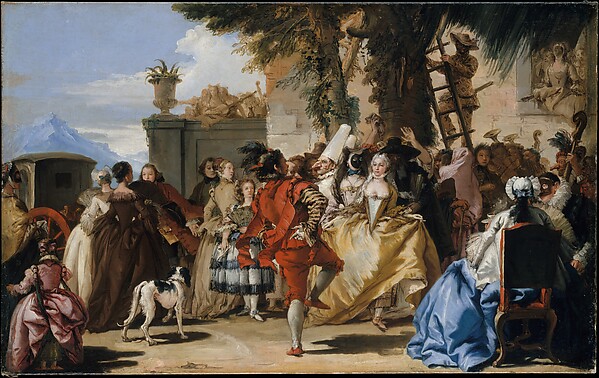 |
| Giovanni Domenico Tiepolo "A Dance in the Country" 1755 European Paintings |
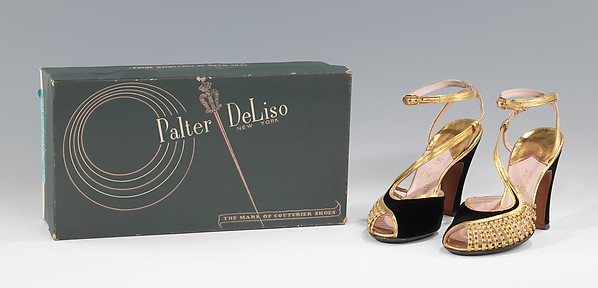 |
| Palter DeLiso, Inc. "Dancing Shoes" 1951 |
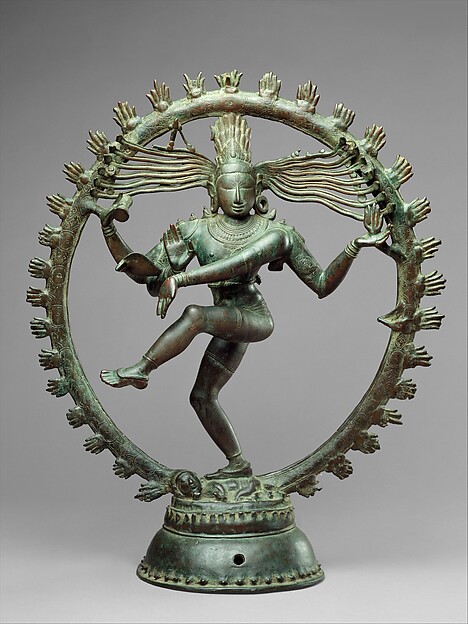 |
| "Shiva as Lord of Dance" (Nataraja) Ca. 11th Century Asian Art |

















.jpg)




